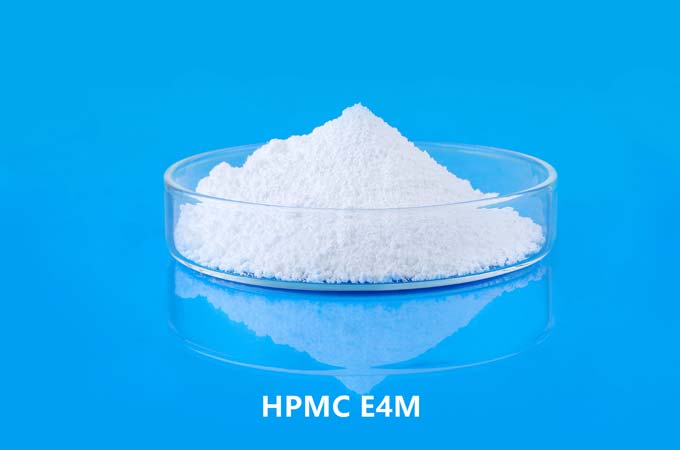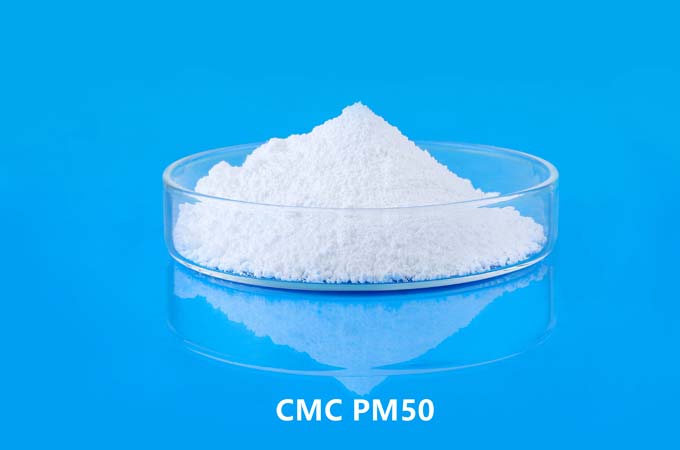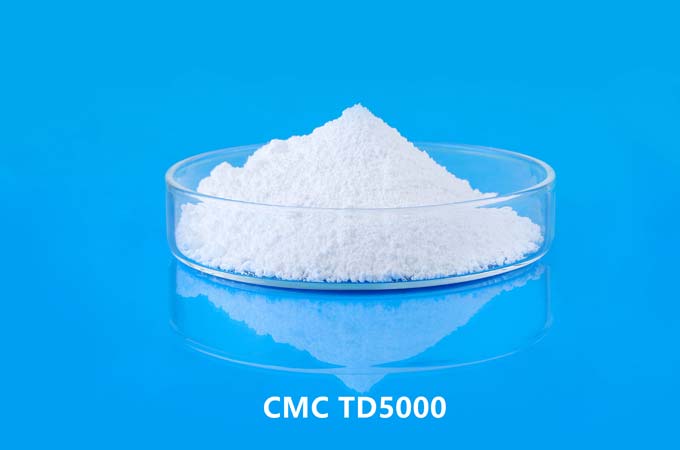Hydroxyethyl cellulose (HEC) is a widely used polymer known for its versatility and various applications across industries such as pharmaceuticals, cosmetics, food, and construction. While HEC is primarily derived from cellulose, a natural polymer found in plants, its modification with hydroxyethyl groups enhances its solubility and functionality. Despite being derived from natural sources, the synthesis process involves chemical modification, raising questions about its classification as a natural polymer. Nonetheless, HEC remains an essential component in numerous products due to its unique properties and performance characteristics.
Hydroxyethyl cellulose (HEC) stands as a significant example of the intersection between natural materials and chemical modification to enhance functionality. It finds extensive use across various industries owing to its unique properties such as thickening, stabilizing, and film-forming abilities. Despite its synthetic modification, HEC retains some characteristics of its natural precursor, cellulose. This article aims to delve into the nature of HEC as a polymer, exploring its structure, properties, synthesis methods, applications, and environmental considerations.
1.Structure of Hydroxyethyl Cellulose (HEC):
1.1. Cellulose Structure:
- Cellulose, a natural polymer, is composed of repeating glucose units linked by β-1,4-glycosidic bonds.
- It forms long chains with intermolecular hydrogen bonds, providing strength and rigidity.
1.2. Modification with Hydroxyethyl Groups:
- Hydroxyethyl cellulose is synthesized by the etherification of cellulose with ethylene oxide.
- This process introduces hydroxyethyl groups (-CH2CH2OH) onto the cellulose backbone.
- The degree of substitution (DS) determines the extent of substitution of hydroxyethyl groups per glucose unit.
2.Properties of HEC:
2.1. Solubility:
- HEC exhibits solubility in water and various organic solvents, depending on its degree of substitution.
2.2. Rheological Properties:
- HEC imparts viscosity to solutions, making it valuable as a thickening agent in various applications.
2.3. Film-Forming Ability:
- It can form transparent, flexible films, contributing to its use in coatings and films.
2.4. Thermal Stability:
- HEC displays good thermal stability, retaining its properties over a wide temperature range.
3.Synthesis Methods of HEC:
3.1. Etherification of Cellulose:
- The synthesis of HEC involves the reaction of cellulose with ethylene oxide in the presence of alkali catalysts.
- The reaction conditions, including temperature, reaction time, and catalyst concentration, influence the properties of HEC.
4.Applications of HEC:
4.1. Pharmaceutical Industry:
- HEC serves as a thickening agent in pharmaceutical formulations such as gels, ointments, and controlled-release dosage forms.
4.2. Cosmetics and Personal Care Products:
- It is used in cosmetics for its thickening, stabilizing, and film-forming properties in products like creams, lotions, and shampoos.
4.3. Food Industry:
- HEC acts as a thickener, stabilizer, and emulsifier in food products, improving texture and mouthfeel.
4.4. Construction Industry:
- It is utilized in construction materials such as paints, adhesives, and mortars for its rheological properties and water retention capacity.
5.Environmental Considerations:
5.1. Biodegradability:
- HEC is considered biodegradable under appropriate conditions, although the rate of degradation may vary.
5.2. Sustainability:
- While derived from cellulose, a renewable resource, the chemical modification involved in HEC synthesis raises questions regarding its environmental sustainability.
- Efforts are being made to develop greener synthesis methods and enhance the biodegradability of HEC.
Hydroxyethyl cellulose (HEC) represents a versatile polymer derived from cellulose, a natural material abundant in plants. Its synthesis involves the chemical modification of cellulose to introduce hydroxyethyl groups, imparting desirable properties such as solubility, thickening, and film-forming ability. Despite concerns regarding its classification as a natural polymer due to the synthetic modification process, HEC finds widespread applications across industries such as pharmaceuticals, cosmetics, food, and construction. As environmental awareness grows, there is a need for sustainable practices in HEC synthesis and utilization to minimize ecological impact while harnessing its beneficial properties for various applications.
 English
English 日本語
日本語 français
français Deutsch
Deutsch Español
Español italiano
italiano русский
русский português
português العربية
العربية Türkçe
Türkçe Nederland
Nederland



